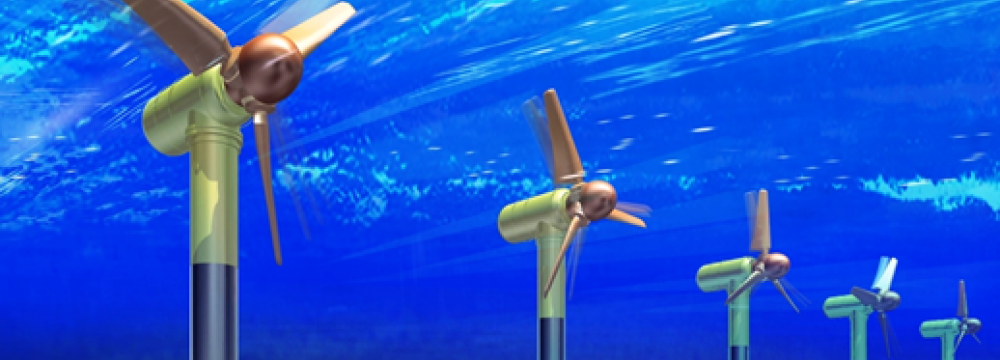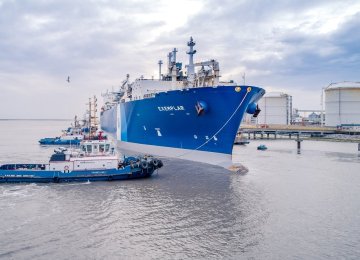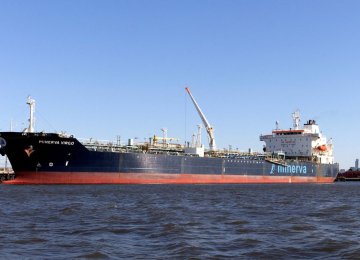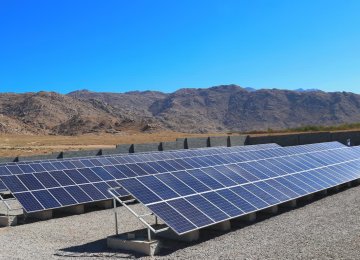There is a huge potential for tidal and wave energy in Iran, although their usage will remain uneconomical for the time being, said a senior official at Iran's Renewable Energy Organization (SUNA).
Some 36 suitable sites have been identified across the southern coasts of Iran for tidal and wind energy generation, SUNA's wind energy director, Mohammad Satkin, was quoted by IRNA as saying.
As a renewable source of energy, tidal power is produced by the surge of ocean waters during the rise and fall of tides. Tidal energy production is still in its infancy. The amount of power produced so far has been small. There are very few commercial-sized tidal power plants operating in the world.
The large underwater turbines are placed in areas with high tidal movements, and are designed to capture the kinetic motion of the ebbing and surging of ocean tides in order to produce electricity. Tidal power has great potential for future power and electricity generation because of the massive size of the oceans.
Although the technology required to harness tidal energy is well established, tidal power is still expensive, Satkin noted. The technology required for harnessing and usage of tidal power is well developed, and the main barrier to promote the use of this type of energy is construction costs. There is a high capital cost for a tidal energy project, with a possibly 10-year construction period. Therefore, the electricity produced thereby, may not be economical in comparison with that which is produced through other means.
One of the suitable sites is located in a particular region in the southern Bushehr Province, called Khor Musa, with a natural spiral formation. The characteristics of the site would allow it to store water at spring tide, and return the stored water at neap tide.
Khouran Strait, located between Qeshm Island and the mainland, is another suitable location, due to the fast current of water there.
A drawback of tidal power however, is its low capacity factor, and it misses peak demand times because of 12.5 hour cycle of the tides. The total world potential for ocean tidal power has been estimated at 64,000 megawatts. Changing tidal flows by damming a bay or estuary could also result in negative impacts on aquatic and shoreline ecosystems, as well as navigation and recreation.










